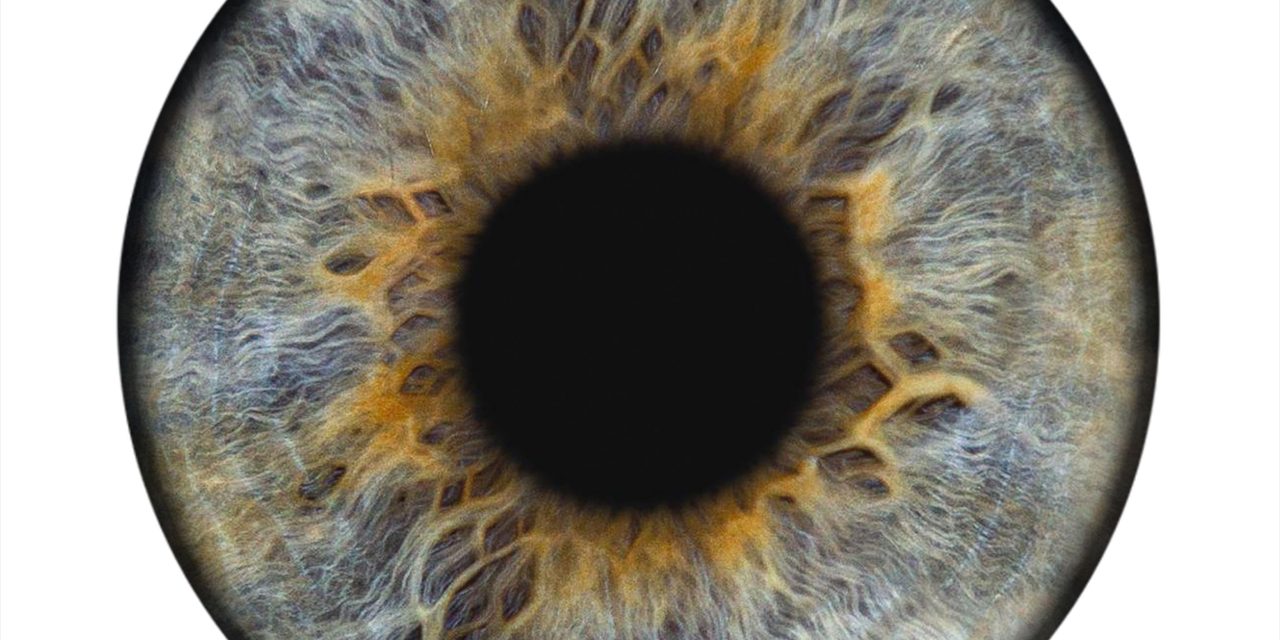Peripheral refraction and accommodation are intrinsic factors that were once hypothesized to trigger myopia but are now controversial. Previously, home nearwork environment (i.e., extrinsic factor) was reported to be associated with myopia progression. In this study, we aimed to evaluate the potential interaction between extrinsic and intrinsic factors with juvenile refractive development.
Nearwork environmental parameters were measured for 50 children (aged 9.3 ± 1.2 years), including net amount and dispersion of defocus. Refraction was measured at near distances and in central field (±30° horizontal) at 3m. The relative peripheral refraction (RPRE) was obtained and presented in a vectoral approach. The linear regression coefficient was extracted (mAcc) from the accommodative stimulus-response curve. RPRE was quadratically regressed against field eccentricity, and the first coefficients (aM, aJ0, aP90, and aP180) were extracted. Relationships between RPRE, baseline accommodation, and 1-year myopia progression (∆M), controlled for the nearwork environment, were evaluated.
Coefficients of RPRE were independent of ∆M. However, additional nearwork environmental parameters significantly improved the variance in ∆M explained by aM and aP180 (P < 0.03). The relationship between intrinsic factor and ∆M was stronger when the extrinsic risk was low (P ≤ 0.01), whereas the relationship was abolished when extrinsic risk was high. For mAcc, it also significantly improved the variance in ∆M explained by nearwork environmental parameters.
The interaction between extrinsic (environment) and intrinsic (RPRE and accommodation) factors is speculated to contribute to juvenile myopia progression. Our findings may also explain the inconsistencies of such intrinsic factors in the literature.
Extrinsic and Intrinsic Factors Regulating Juvenile Refractive Development and Eye Growth.


